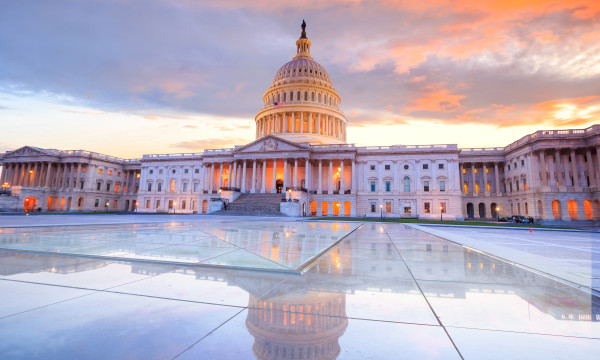SECURE 2.0 brings retirement plan changes in 2025

The SECURE 2.0 Act of 2022 (SECURE 2.0), passed into law in December 2022, made sweeping changes to the retirement plan landscape. Some of those changes went into effect right away, while others have been implemented in a more stepped approach. In this article, we’ll highlight the provisions in SECURE 2.0 that are going into effect in 2025 and might be of most interest to employers sponsoring defined contribution plans.
Mandatory automatic enrollment
Most 401(k) plans and 403(b) plans established on or after December 29, 2022, must comply with SECURE 2.0’s mandatory automatic enrollment rules. Highlights of the automatic enrollment rules include the following:
- Initial automatic deferral rate. The plan must provide for an initial automatic deferral rate of at least 3% but not more than 10% of a participant’s compensation.
- Automatic escalation. If a plan’s initial automatic deferral rate is less than 10%, then the automatic deferral rate must increase by 1% each year up to the plan’s maximum automatic deferral rate. The maximum automatic deferral rate must be at least 10% but not more than 15% of a participant’s compensation.
- 90-day permissible withdrawal period. A plan must allow participants to withdraw all of their automatic deferrals within 90 days of their first automatic contribution.
There are a few exceptions to the mandatory automatic enrollment rules, however. Specifically, the mandatory automatic enrollment rules will not apply to: (a) a 401(k) or 403(b) plan established before December 29, 2022; (b) a new employer that has been in business for less than three years; (c) a small employer that normally employs 10 or fewer employees; or (d) governmental or church plans.
Long-term part-time employee changes
The long-term part-time employee (LTPTE) rules were first established pursuant to the Setting Every Community Up for Retirement Enhancement Act of 2019 (the SECURE Act). The SECURE Act defined an LTPTE as an employee who is credited with at least 500 hours of service in three consecutive years (disregarding years that begin before January 1, 2021).
SECURE 2.0 made two changes to the LTPTE rules that will be effective in 2025. First, the three consecutive years will be reduced to two consecutive years with at least 500 hours of service in each year. Second, the LTPTE rules will apply to ERISA 403(b) plans, but disregarding years that begin before January 1, 2023.
Increased age 60-63 catch-up contributions
Pre-SECURE 2.0 rules allow a participant who has attained age 50 to make catch-up contributions. For 2025, the age 50 catch-up limit is $7,500. Effective for years beginning in 2025, a plan can allow a higher catch-up limit for participants ages 60-63. The increased catch-up limit is the greater of: (a) 150% of the age 50 catch-up limit, or (b) $10,000 (indexed in future years). For 2025, the increased age 60-63 catch-up contribution limit will be $11,250.
Important note: The age 60-63 catch-up contribution limit will not apply beginning in the year in which the participant attains age 64. A participant who has attained age 64 (or older) will be subject to the age 50 catch-up contribution rules.
Before implementing the increased age 60-63 catch-up contribution provisions, we recommend that you notify your payroll provider to ensure the provider can accommodate this feature.
Qualified long-term care distributions
SECURE 2.0 provides for a new “qualified long-term care” distributable event effective December 29, 2025. If a plan permits long-term care distributions, the following rules will apply:
- The distribution amount in any calendar year cannot exceed the lesser of: (a) the amount paid by the participant for long-term insurance premiums; (b) 10% of the participant’s vested account balance; or (c) $2,500 (indexed in future years).
- Although normal tax rules will apply, the 10% early distribution penalty will not apply even if the participant has not attained age 59 1/2.
- Before a long-term care distribution can be made, the participant must obtain a long-term care premium statement from the insurer and provide to the plan administrator.
SECURE 2.0 plan amendment reminder
Finally, as a reminder, the general deadline for adopting SECURE 2.0 plan amendments is December 31, 2026, and the deadline for governmental plans is December 31, 2029.
If you have any questions about how SECURE 2.0’s 2025 provisions may apply to your plan, please contact your Union Bank Relationship Manager. We’re here to help!




